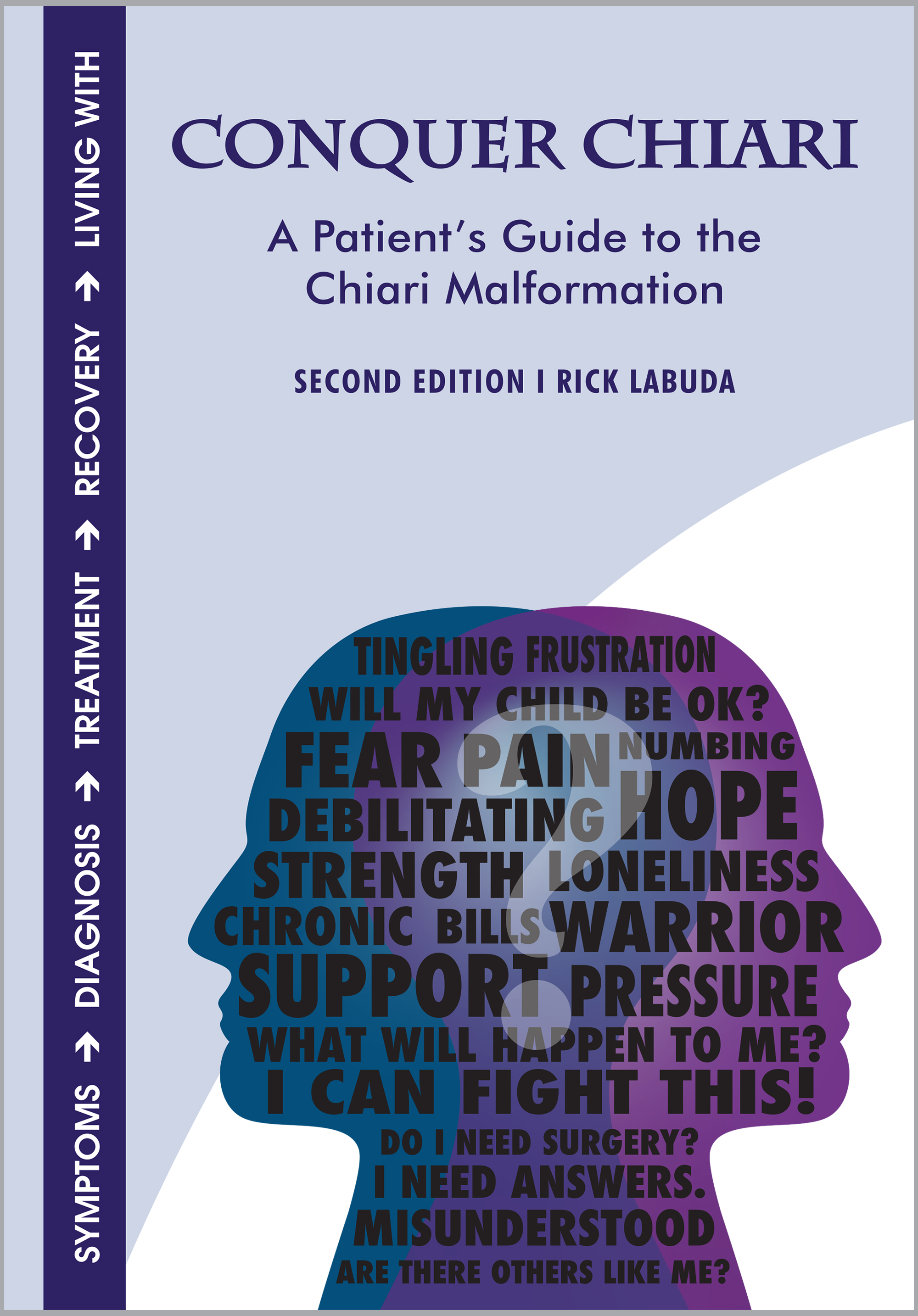

Treatment for Chiari I malformation depends on whether you have any symptoms and how severe they are. If you develop syringomyelia, you may also experience problems using your hands, difficulty walking, pain, and problems with bladder or bowel control. difficulty sleeping (insomnia) and clinical depression.blurred vision, double vision and sensitivity to light.numbness or tingling in the arms or legs.headaches – these are usually felt at the back of the head and may be brought on or made worse by coughing, straining, sneezing or bending over.If symptoms do develop, they can include: Sometimes they’re only found after an MRI scan of the brain is carried out for another reason.

Many people with a Chiari I malformation will not have any symptoms. This can help to reveal brain tumors, brain damage, bone and blood vessel problems, and other conditions. A CT scan uses X-rays to obtain cross-sectional images of the body. An MRI can be repeated over time, and it can be used to monitor the progression of the disorder.Ĭomputerized tomography (CT) scan – Your doctor may recommend other imaging tests such as a CT scan. It can also provide images of the cerebellum and determine whether it extends into the spinal canal. This safe, painless test produces detailed 3D images of structural differences in the brain that may be contributing to symptoms. An MRI uses powerful radio waves and magnets to create a detailed view of the body. Magnetic resonance imaging (MRI) – An MRI is often used to diagnose Chiari malformation.

Your doctor will also order imaging tests to diagnose your condition and determine its cause. To diagnose your condition, your doctor will review your medical history and symptoms and conduct a physical examination.


 0 kommentar(er)
0 kommentar(er)
